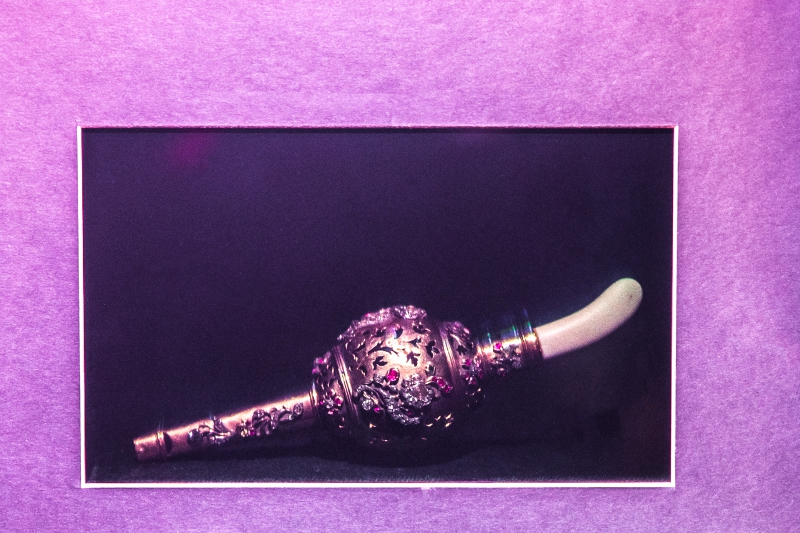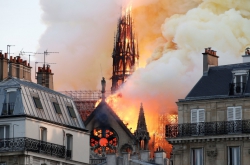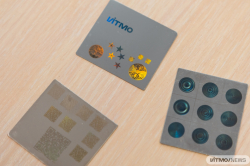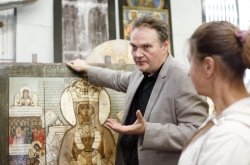The collaboration between the two universities is aimed at setting forth a comprehensive program for their interaction on the development of a methodology for applying image holography to scientific documentation of cultural objects, namely for the restoration purposes. A restoration passport is the main element in the restoration documentation nomenclature. That is why it is difficult to overestimate the importance of the supporting documents that provide for a reliable and true-to-form recording of the appearance and condition of a cultural heritage object.
Coordinating the project on behalf of the St. Petersburg State University of Culture and Arts is Tatiana Shlykova, associate professor at the Department of Restoration and Evaluation of Cultural Objects and first-tier art conservation professional. Among the disciplines taught by the expert is “Archive and Restoration Documentation Management”, which Prof. Shlykova has been teaching for many years. On behalf of ITMO University, the project is coordinated by Nikolay Petrov, leading research associate and associate professor at the Faculty of Photonics and Optical Information.
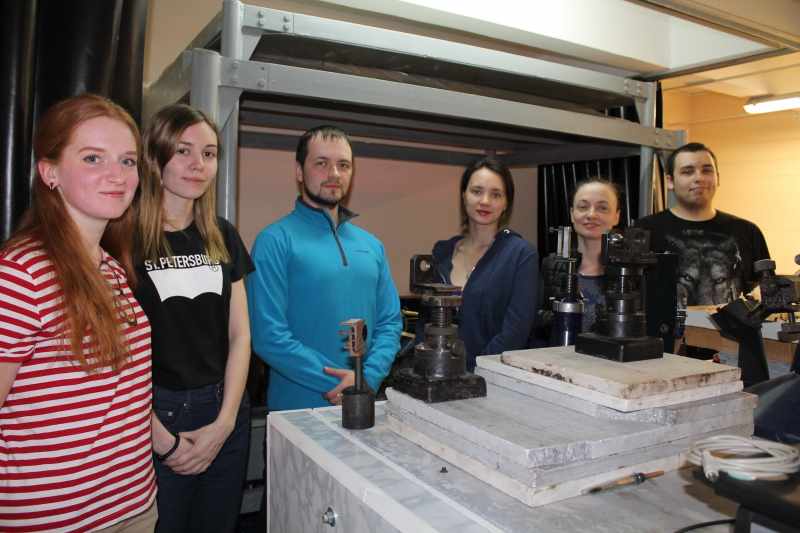
Asked about image holography’s potential for preservation of cultural heritage objects, including those put under risk by adverse environmental factors, Prof. Petrov highlighted that pictorial holography methods allow for a maximum-accuracy recording of the authentic appearance of valuablу cultural artifacts. They also provide an opportunity for reproducing the spatial specifics of the form and texture of the objects subject to restoration.
“An object’s special features are constituted by its different physical properties, including surface texture. That is why studying the surface microrelief is one of the most common tasks in the evaluation and description of cultural heritage objects,” explains Nikolay Petrov. “The advantage of the modern full-color image holography is that it allows to record accurate information about the objects’ wavefront, which in terms of its amount and effectiveness largely surpasses all existing alternative techniques for recording the objects’ texture, microrelief and surface microdefects to the smallest detail possible.”
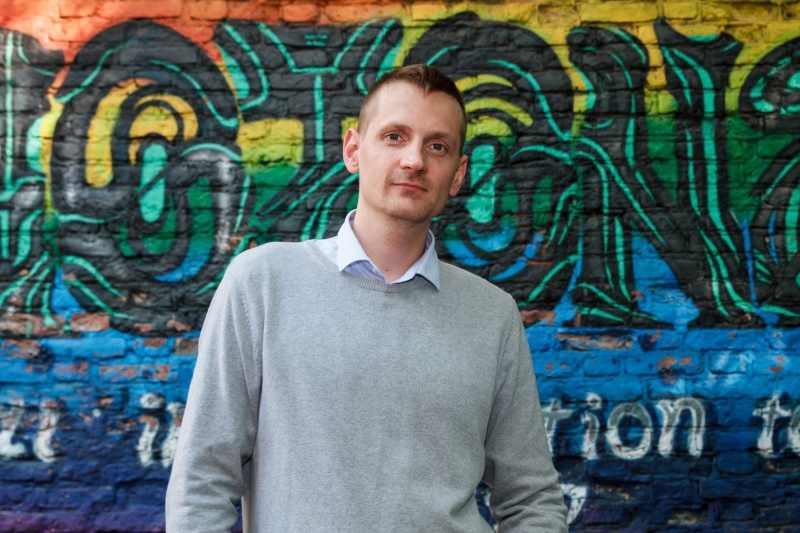
Holography-based approach to recording objects’ information on special high-definition photosensitive media is very convenient for storing data on the objects with high historical and cultural value.
ITMO University has all the equipment necessary for the implementation of the project, including high-capacity semiconductor lasers with single extensional mode and specially equipped recording facility with a vibroisolating interferometric table capable of offering highly stable conditions to support long exposures of wide-format holograms during complex experiments.
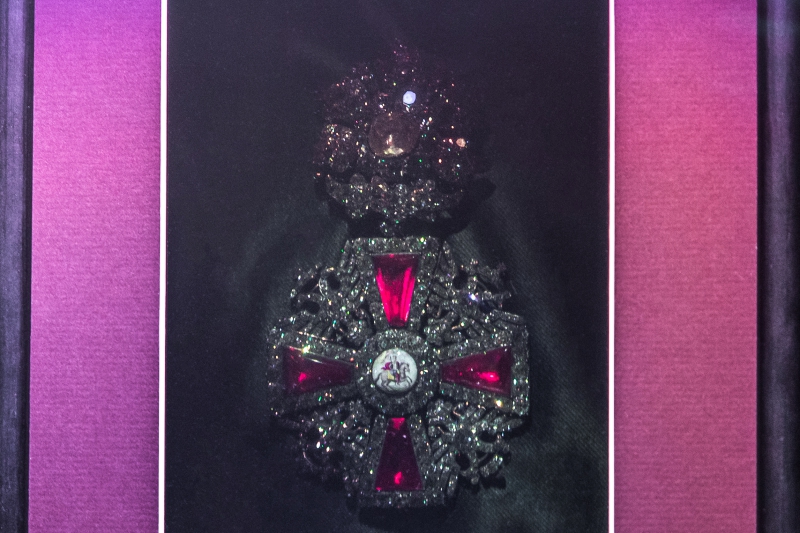
Thus, the foundation has been set for ITMO University and the St. Petersburg State University of Culture and Arts to collaborate effectively as part of interdisciplinary scientific projects on the development and implementation of methods of 3D visualization of historical objects for their conservation, restoration, reconstruction and exhibition.
Ekaterina Avdonina,
Engineer at the International Research Center of Optical and Quantum Informatics and Biophotonics
